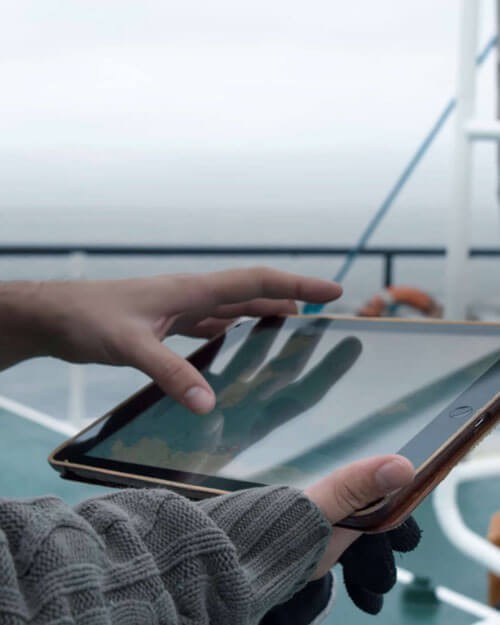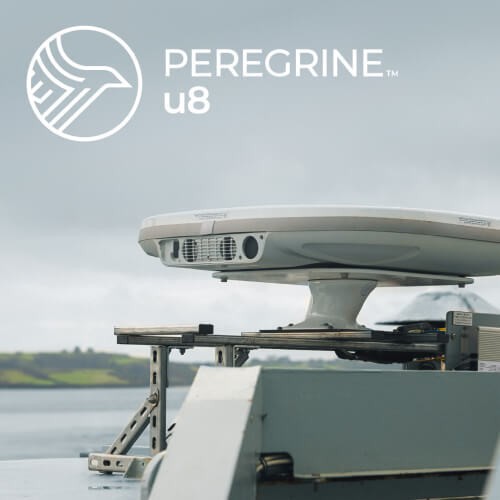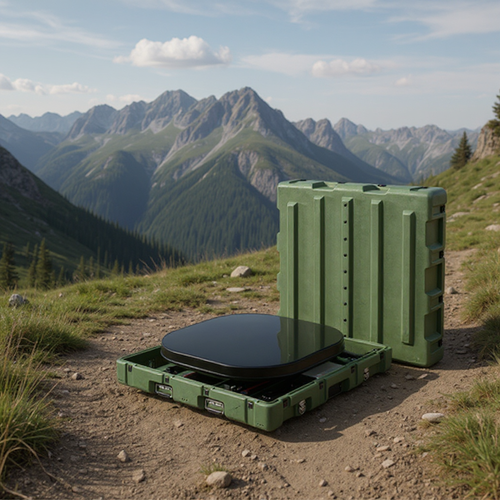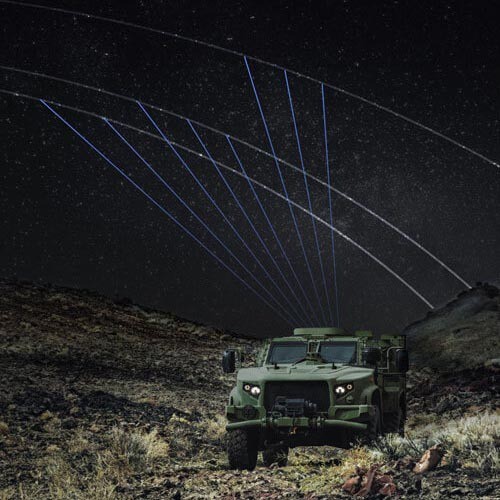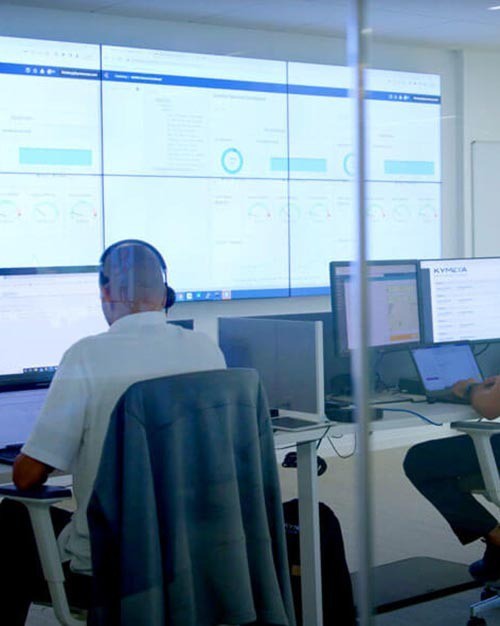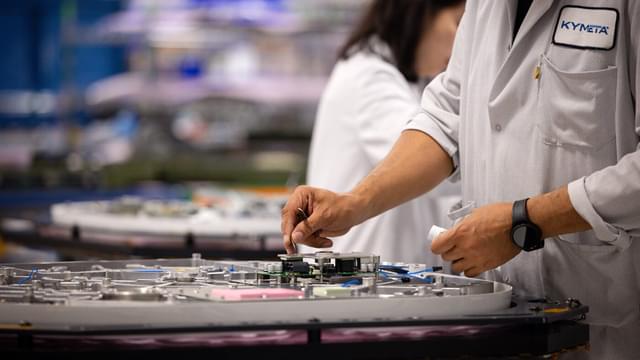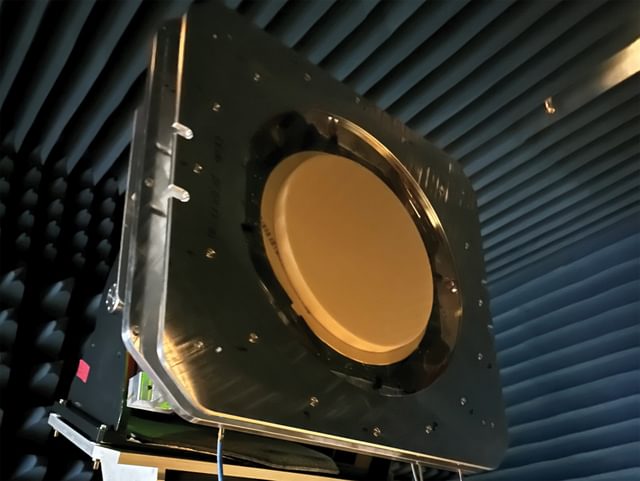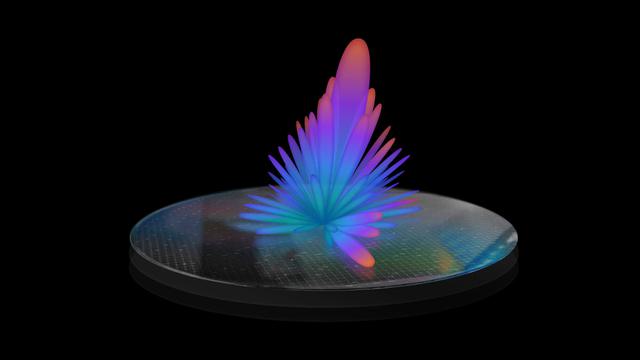Kymeta’s Felix Chen and Curtis Bartosz recently presented a paper entitled “Root Cause and Reliability Predictions of Failed Multilayer Ceramic Capacitors” at the preeminent 69th Annual Reliability and Maintainability Symposium (RAMS) earlier this year in Orlando, Florida. Earning the distinction of being nominated for a best paper award, Chen and Bartosz explored why one particular large 1210 ceramic capacitor tended to be less reliable than its smaller counterparts and sought to identify the most likely reasons for failure of the affected boards.
Pre-existing literature on this topic most often suggests higher rates of unreliability for larger capacitors stem from the greater internal thermal and mechanical stresses associated with surface mount, board depaneling, and repairing faulty parts. Recognizing that many of the recent field failures of these 1210 ceramic capacitors exhibited 45-degree-angled cracks consistent with thermomechanical origin, Chen and Bartosz replicated the failures by imparting thermal and mechanical shock to these capacitors followed by extended exposure to elevated temperature and high humidity. The two then conducted drop tests and combined the data into a probability distribution characterizing the distribution of g-forces imparted to the boards by drops from various heights.
The experiments indicated that neither surface mount reflow nor board manufacturing were factors in the failures; the evidence instead pointed to incidental handling stresses and shipping damage. Using those postulated root causes as guidance, this specific capacitor has been eliminated in future board iterations and a burn-in instituted to contain existing inventory.
This research and its findings reaffirm Kymeta’s unwavering commitment to excellence in providing world-class quality products and services. Aligned with the principles of our Quality Management Statement, which emphasizes timely delivery, customer satisfaction, and superior support, we continuously strive to exceed industry standards and provide dependable solutions.
Learn more about Kymeta's pursuit of quality.
Read the full paper in IEEE



